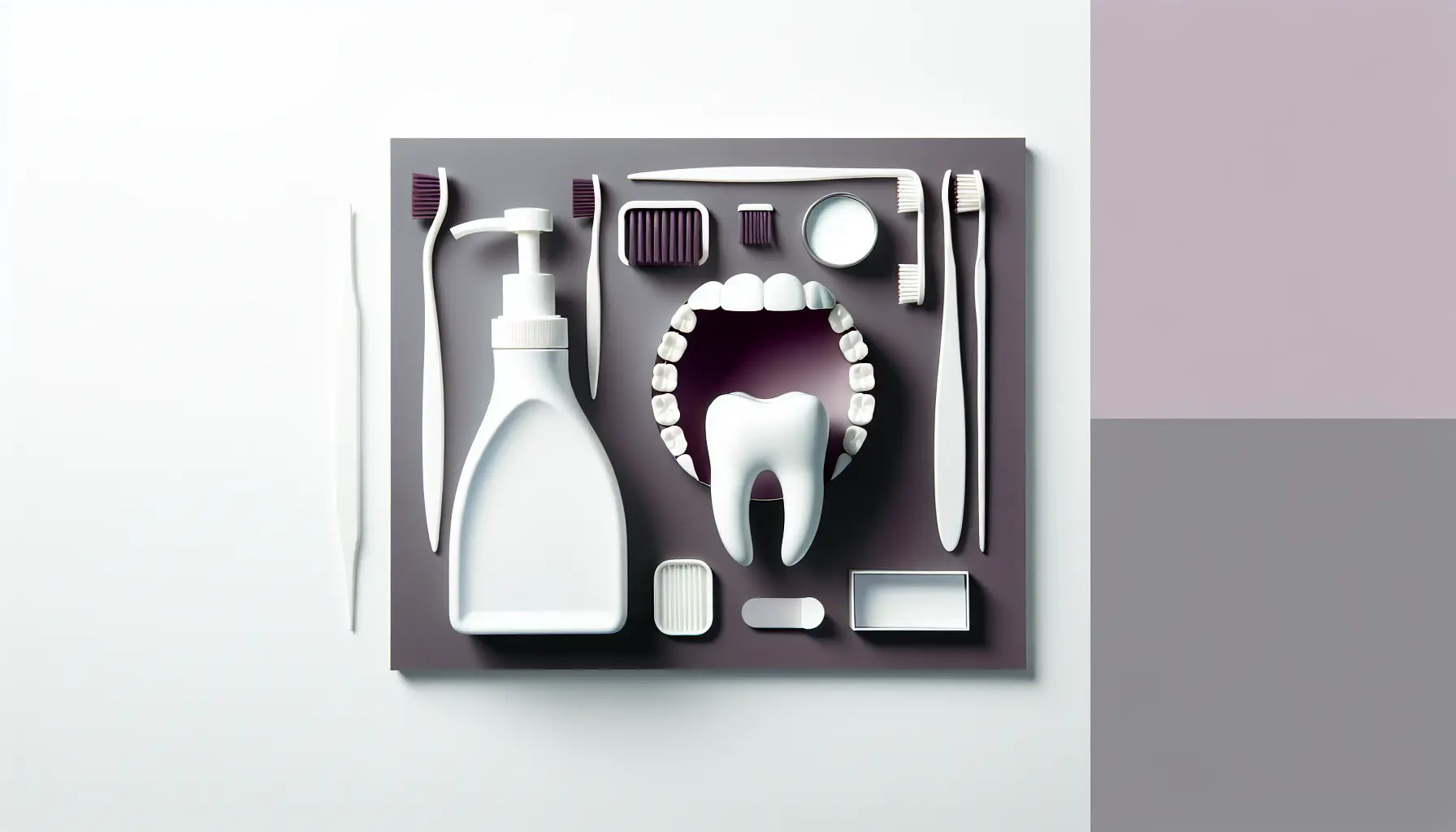We can't find the internet
Attempting to reconnect
Something went wrong!
Hang in there while we get back on track
Oral Hygiene
by Wisteria Family Dentistry.
2024/09/30.
Introduction to Oral Hygiene

Oral hygiene refers to the practice of keeping one's mouth clean and free of disease through regular brushing, flossing, and professional dental cleanings. Its importance cannot be overstated, as it not only aids in preventing cavities, gum diseases, and bad breath but also contributes to one's overall health. Historically, ancient civilizations such as the Egyptians and Greeks used rudimentary tools like frayed twigs and tooth powder to maintain oral cleanliness, showcasing the long-standing awareness of the need for good oral hygiene.
The connection between oral health and general health has become increasingly evident over time. Poor oral hygiene can lead to various health issues, including cardiovascular diseases, diabetes, and respiratory infections. Healthy teeth and gums are fundamental not just for chewing and speaking, but also for maintaining confidence and social interactions. Thus, maintaining good oral hygiene practices is crucial for a holistic approach to health and well-being.
Daily Oral Care Practices
Effective daily oral care practices are foundational to maintaining a healthy smile. Brushing your teeth twice a day using a fluoride toothpaste is crucial. Ensure your toothbrush is at a 45-degree angle to your gums, use gentle circular motions, and brush for at least two minutes. This technique helps remove plaque and food particles without harming the enamel.
Flossing once daily is equally important as it removes food debris and plaque between teeth, where your toothbrush can't reach. Use about 18 inches of floss, winding most of it around your middle fingers, and gently glide it between your teeth, curving it around each tooth and sliding it under the gumline.
Mouthwash adds an extra layer of cleanliness by reducing oral bacteria, freshening breath, and reaching areas missed by brushing and flossing. Choose an antibacterial or fluoride mouthwash for added protection against tooth decay and gum disease.
Diet also plays a crucial role in oral health. Consuming a balanced diet rich in fruits, vegetables, lean proteins, and dairy products, while limiting sugary and acidic foods and beverages, can strengthen and protect your teeth and gums.
Lastly, debunking common myths is essential for correct oral care. Contrary to popular belief, hard brushing isn't better—it can damage enamel and gums. Additionally, bleeding gums signify gum disease, not rough flossing. Addressing these misconceptions helps promote a more effective and gentle approach to oral health.
Common Dental Issues and Prevention
Common dental issues like cavities, gum disease, and bad breath are prevalent but largely preventable. Cavities, or tooth decay, occur when tooth enamel is worn down by acid-producing bacteria. Gum disease ranges from mild inflammation (gingivitis) to severe infection (periodontitis) that can damage soft tissue and bone. Bad breath, or halitosis, often results from poor oral hygiene but can also signal deeper issues like gum disease.
Early signs of these issues are crucial for timely intervention. Cavities may manifest as tooth sensitivity or visible holes. Gum disease often starts with red, swollen, or bleeding gums. Persistent bad breath can indicate an underlying dental problem. Recognizing these early symptoms prompts prompt professional consultation, improving treatment outcomes.
Preventive measures are essential for maintaining good oral health. Brushing teeth twice a day with fluoride toothpaste, flossing daily, and using mouthwash can significantly reduce plaque build-up. Regular dental check-ups and cleanings are vital for early detection and management. Limiting sugary foods and drinks also helps prevent cavities.
Home remedies can complement professional advice. Rinsing with saltwater can reduce gum inflammation, while chewing sugarless gum increases saliva flow, helping to cleanse the mouth. For professional treatments, dentists might recommend fluoride treatments, deep cleaning, or dental sealants. Addressing bad breath may involve treating any underlying conditions, enhanced oral hygiene, or specialized mouth rinses.
By adopting these preventive strategies and recognizing early signs, maintaining optimal oral health becomes attainable and hassle-free.
Visiting the Dentist
Regular dental check-ups are crucial for maintaining optimal oral health. These visits help detect issues like cavities, gum disease, and oral cancer at an early stage, making them easier to treat. During a typical appointment, a dentist will conduct a thorough examination of your teeth, gums, and mouth, followed by professional cleaning to remove plaque and tartar. Some visits might include X-rays to identify problems not visible to the naked eye.
Selecting the right dentist is essential for a positive experience. Look for recommendations from friends or family, and check reviews online. Ensure the dentist’s office is clean and that the staff is friendly and professional. Generally, biannual visits are recommended, but this can vary based on individual needs. Children might require more frequent visits to monitor developing teeth, while elderly patients should ensure their check-ups address age-related issues, such as dry mouth or denture care.
